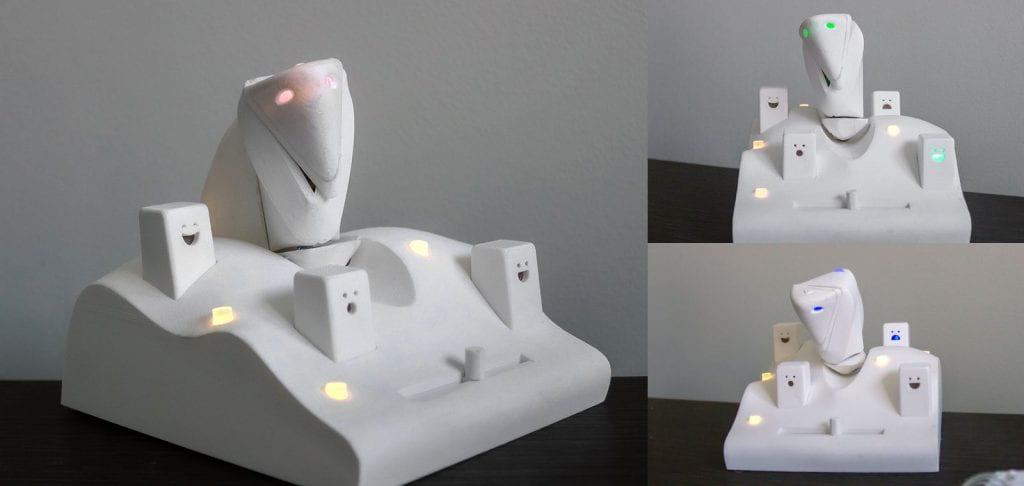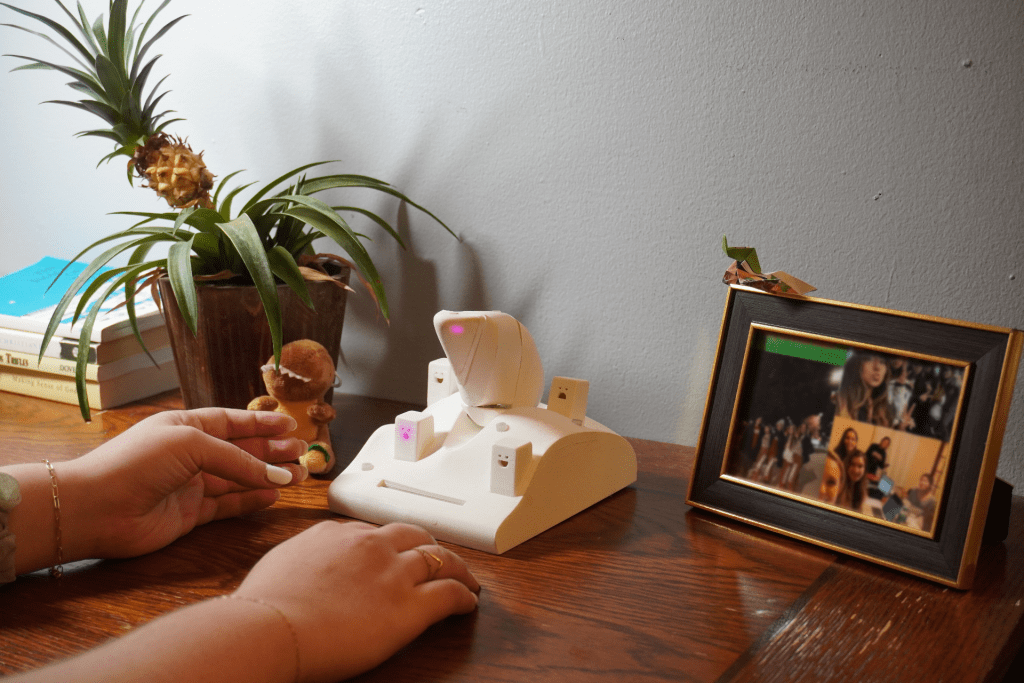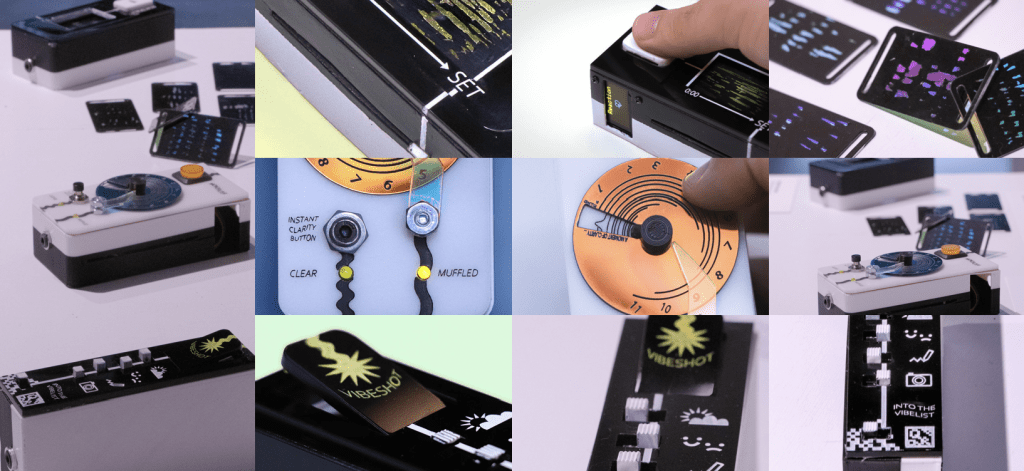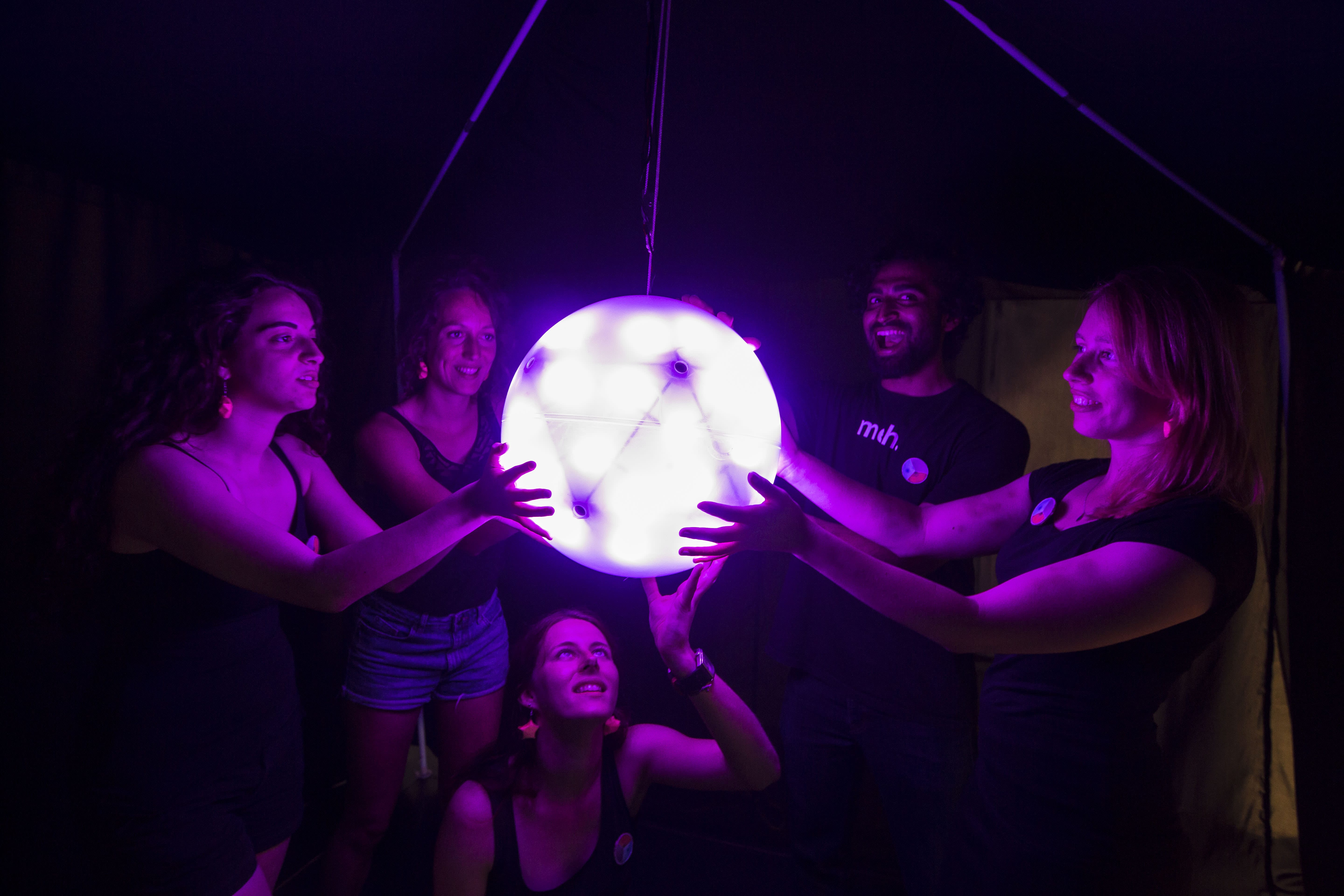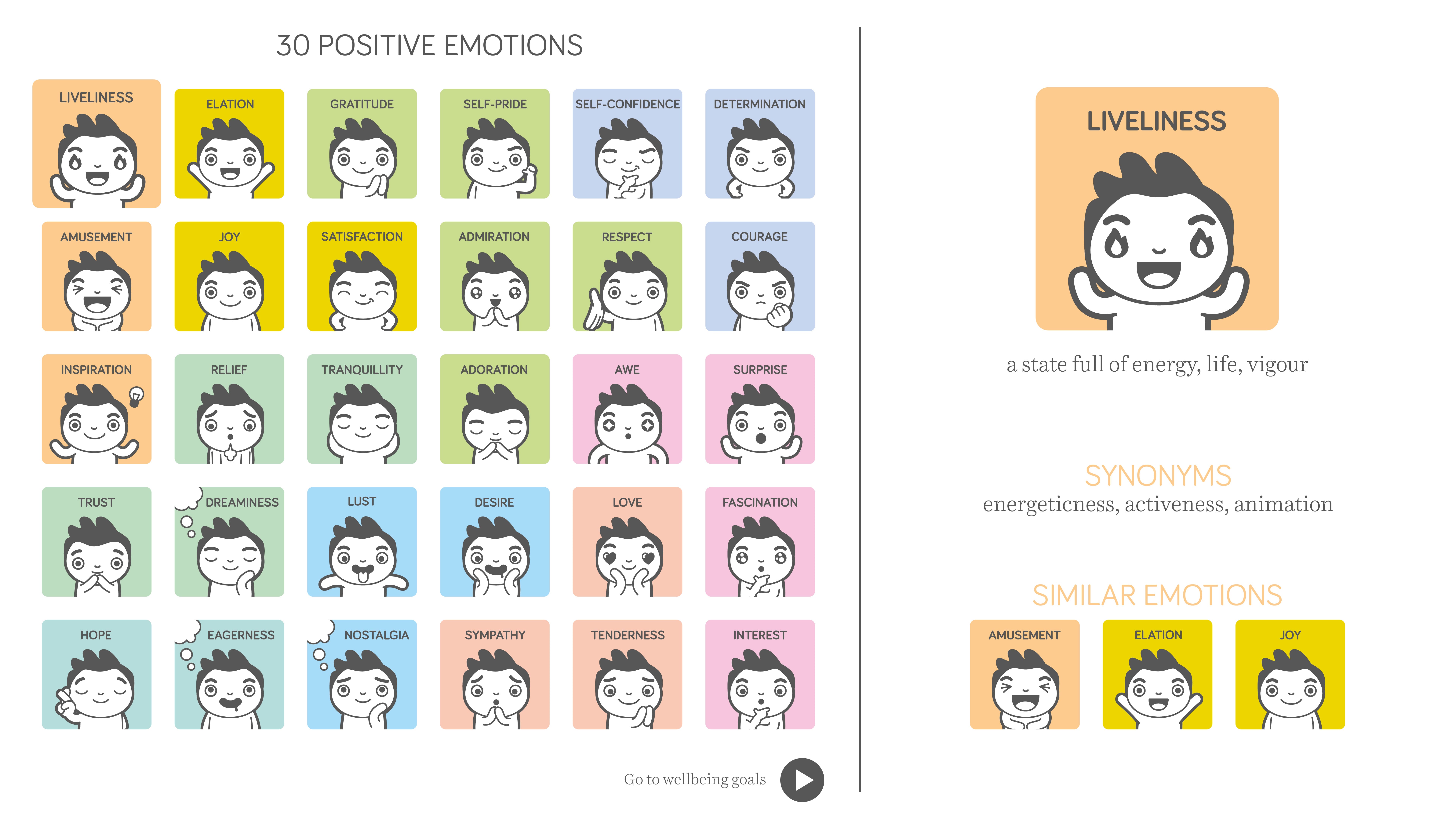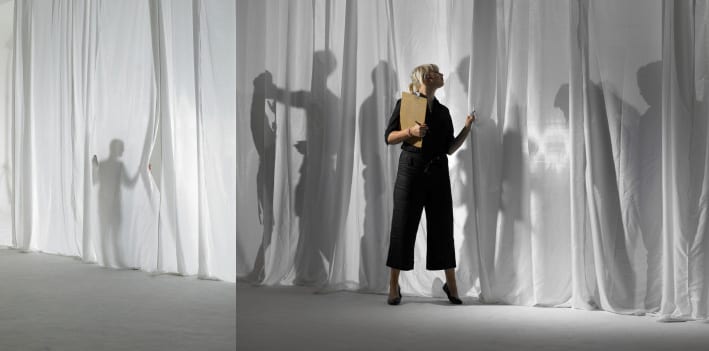
Publication
- Kozin, K., Mapara, S., Kim, C., & Yoon, J. (2025) Bloom: Scaffolding multiple positive emotion regulation techniques to enhance casual conversations and promote the subjective well-being of emerging adults, Multimodal Technologies and Interaction, 9, 33-54. Download
Bloom is an interactive artifact created to address the lack of meaningful in-person social interactions among emerging adults. Drawing upon emotion regulation theories, the development of Bloom explores whether incorporating multiple Positive Emotion Regulation (PER) techniques into a single artifact can effectively enhance users’ subjective well-being in their routines. The paper discusses the design methodology employed to develop a prototype that supports five PER techniques, along with the design components, and preliminary user testing of the prototype. The chosen PER techniques are: (1) Being immersed and absorbed, (2) Engaging in a collective, (3) Creating a savoring atmosphere, (4) Sharing the positive experience with others, and (5) Infusing ordinary events with positive meaning. The paper discusses the benefits of enabling users to utilize diverse PER techniques to enhance their well-being, and future research directions for assessing the efficacy of Bloom and refining its design.
